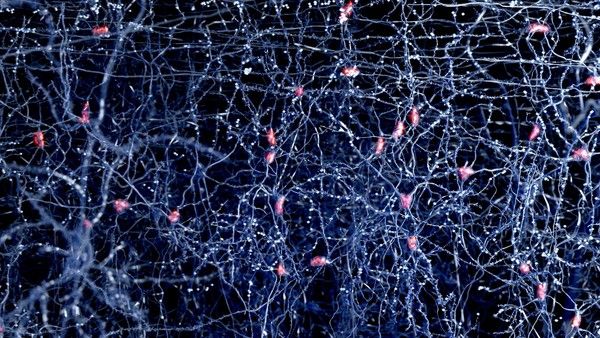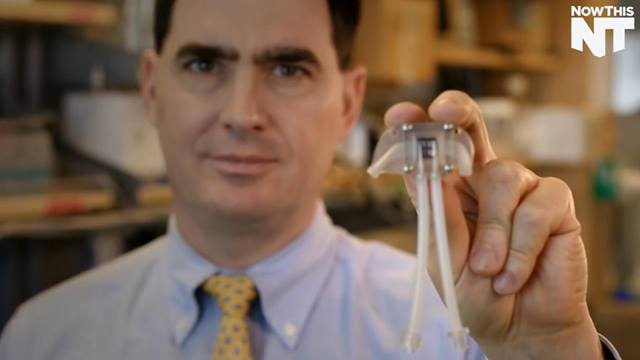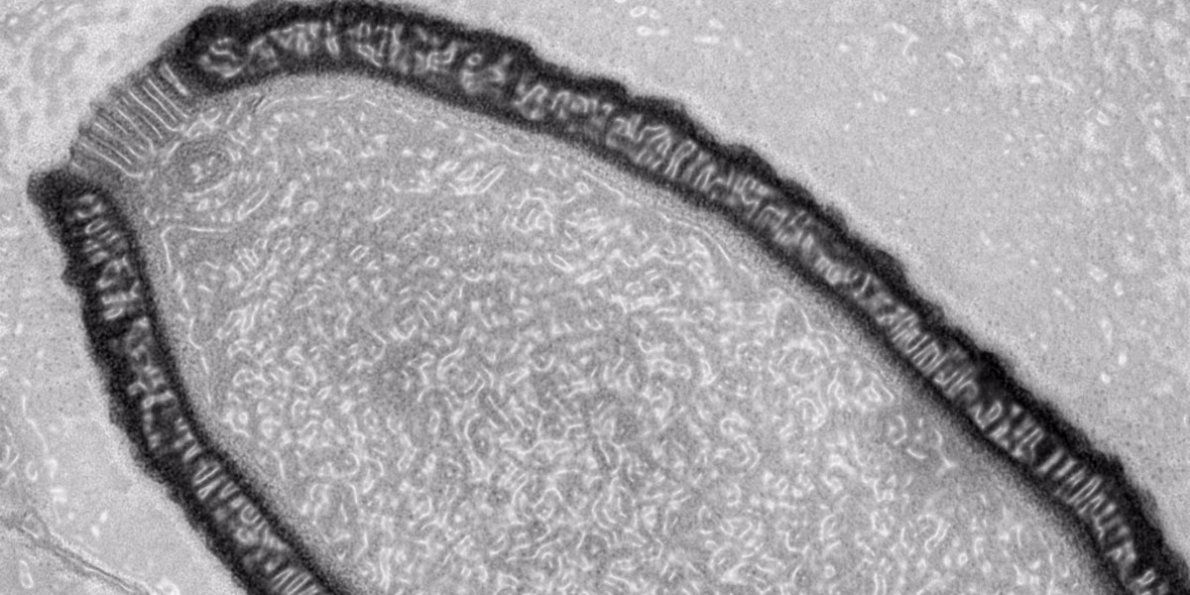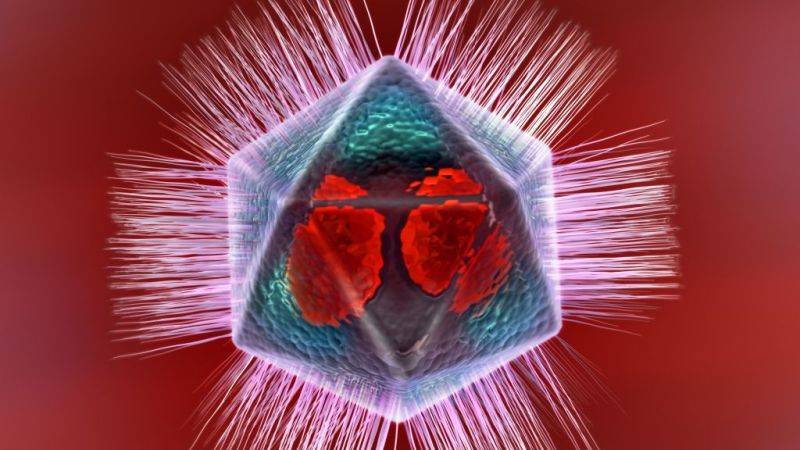In SELF/LESS, a dying old man (Academy Award winner Ben Kingsley) transfers his consciousness to the body of a healthy young man (Ryan Reynolds). If you’re into immortality, that’s pretty good product packaging, no?
But this thought-provoking psychological thriller also raises fundamental and felicitous ethical questions about extending life beyond its natural boundaries. Postulating the moral and ethical issues that surround mortality have long been defining characteristics of many notable stories within the sci-fi genre. In fact, the Mary Shelley’s age-old novel, Frankenstein, while having little to no direct plot overlaps [with SELF/LESS], it is considered by many to be among the first examples of the science fiction genre.
Screenwriters and brothers David and Alex Pastor show the timelessness of society’s fascination with immortality. However, their exploration reflects a rapidly growing deviation from the tale’s derivation as it lies within traditional science fiction. This shift can be defined, on the most basic level as the genre losing it’s implied fictitious base. Sure, while we have yet to clone dinosaurs, many core elements of beloved past sic-fi films are growing well within our reach, if not in our present and every-day lives. From Luke Skywalker’s prosthetic hand in Star Wars Episode V: The Empire Strikes Back (1980) to the Matrix Sentinal’s (1999) of our past science fiction films help define our current reality to Will Smith’s bionic arm in I, Robot.









